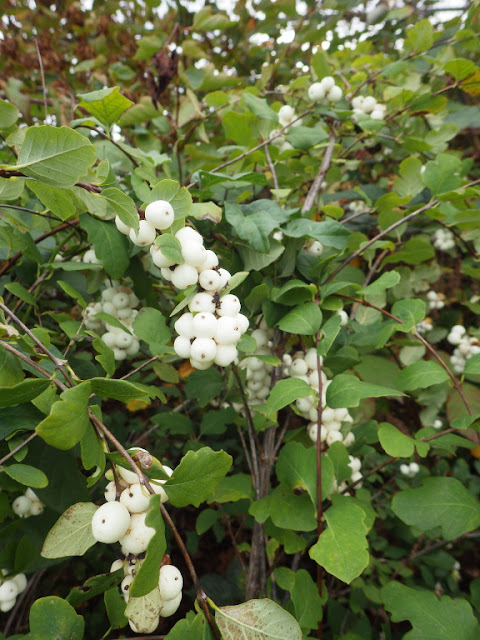One way I cope with the lack of daylight, rainy weather, and lack of companionship from bees in winter is to grab a hot cup of tea and surround myself with gardening catalogues. I plan, I dream and I order seeds. Last year was particularly dark and dreary. I ordered a LOT of seeds. The West Coast Seeds catalog arrived yesterday, which is a cause for celebration in our household. I love the cover photo of the sunflower, but it is lacking something . . . say, a bee or two. Personally I think every garden catalog should have at least one bee on the cover, preferably more. Anyhow, the good thing is Brian Campbell, the company's resident on all things seed and bee-related has marked bee-friendly flowers with a little graphic of a bumblebee. Eh Voila! It's easy to plan your pollinator garden. There's also a little ladybug graphic for plants that attract beneficial insects, which is also extremely helpful.
Have I mentioned how seeds make great Christmas presents? Don't tell anyone, but this year I am giving packs from the
Hudson Valley Seed Library because they are exquisitely designed. You can find them at West Elm Market in Vancouver.
Here is a shortlist of some of my favorite seed companies. For a longer list, check out
Empress of Dirt's blog post with the companies broken down into regions.
But first, a photo of a Golden Northern Bumblebee (
Bombus fervidus), taken at the Glenbow Ranch Park in Alberta.
Baker Creek Heirloom Seeds
The catalogues are packed with
luscious eye candy for gardeners, offering some really interesting heritage
seeds.
Prairie Moon Nursery
Great source of information for growing
native North American plants.
Richter’s Herbs
Canada’s most extensive retailer
of herbs,
with an informative website.
Salt Spring Seeds
Small company created by
seed-saving activist Dan Jason.
A good selection of unusual
herbs attractive to bees.
Seedhunt
Interesting hard to find California wildflower
seeds
West Coast Seeds
Company based in B.C. with an
informative web site and resident bee expert Brian Campbell.
Wildflower Farm
Ontario-based wildflower company
(owned by the author of Taming Wildflowers, Miriam Golderger), with a helpful
seed selector tool.






















































